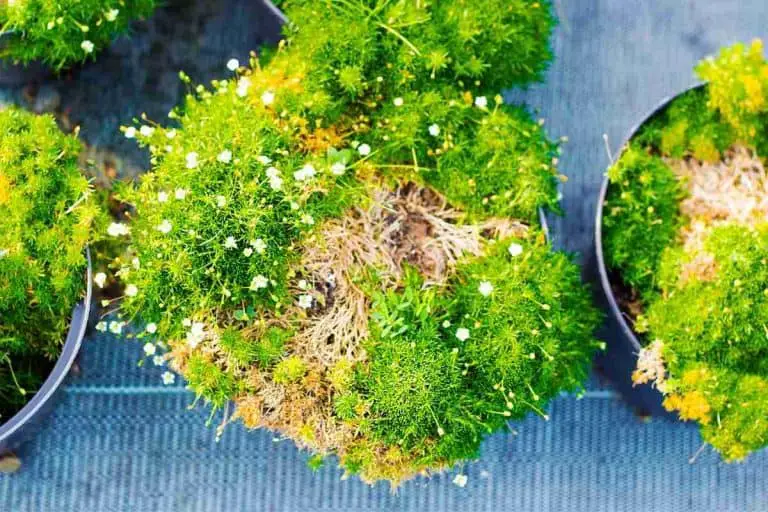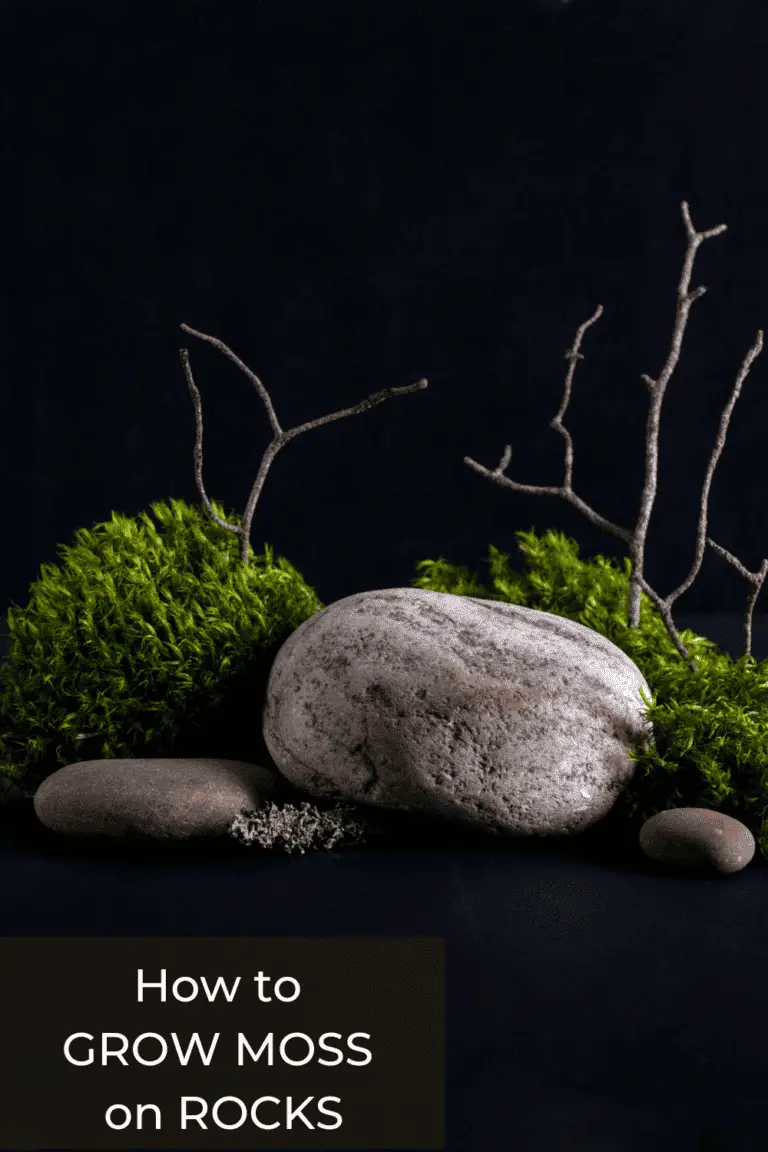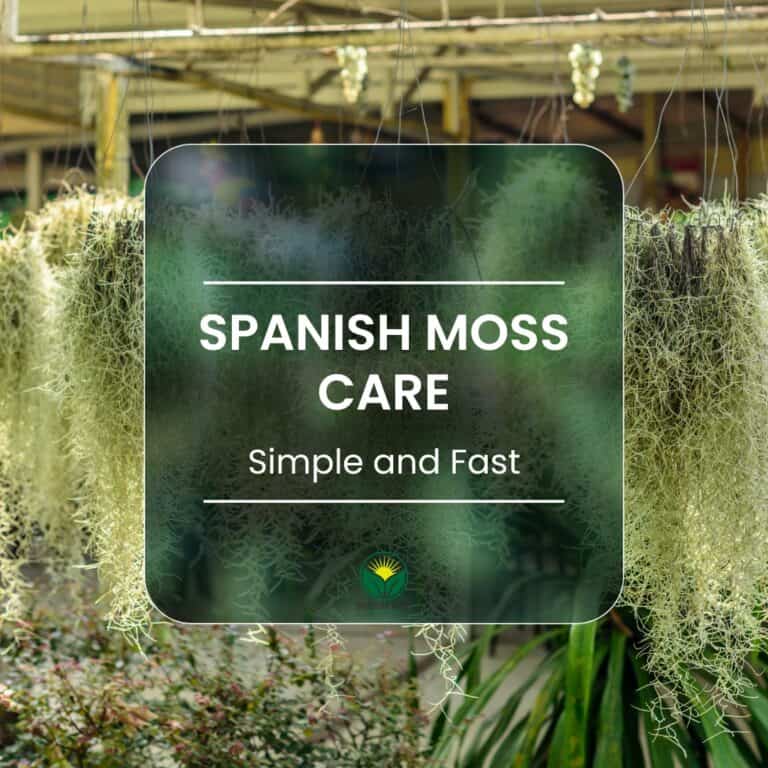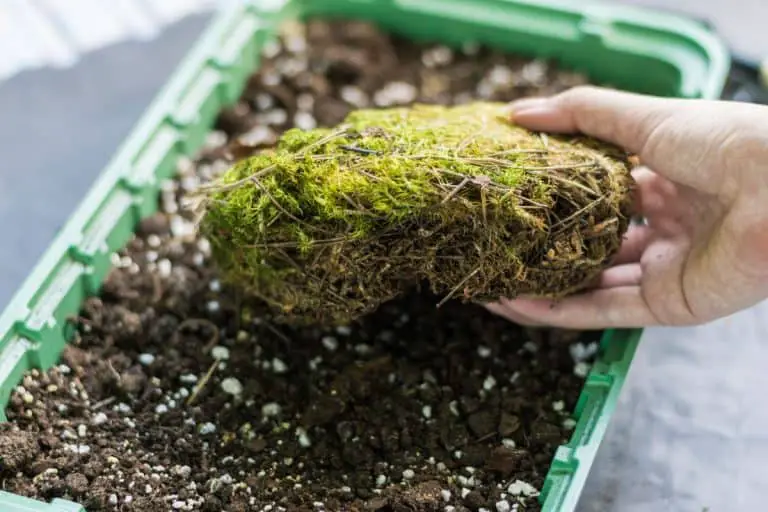Can Moss Grow Underwater? List & Benefits
Moss is a resilient planet that can grow anywhere and survive under harsh conditions. You may find moss growing in various places, but what about underwater? Can moss grow underwater?
Yes, moss can grow underwater! In fact, many types of moss can grow underwater in things like Aquariums, waterlogged forests, and even the ocean!
Certain types of moss have adapted to survive and flourish underwater. But what are these types of moss that can grow and survive underwater? Let’s find out…
Types Of Moss That Can Grow Underwater
So what are the types of moss that can survive in water? Well, as mentioned, many types of moss can grow underwater. They can range from very shallow to deeper water mosses.
Types Of Moss That Can Survive Underwater:
- Java Moss
- Flame Moss
- Crystalwort
- Riccia fluitans
- Pellia Liverwort
- Vesicularia Montagnei
- Taxiphyllum Barbieri
- Monosolenium Tenerum
Java Moss
This moss is a trendy aquarium plant that can be submerged underwater and still survive. It thrives in water with heavy currents but will also do well in still water.
Java Moss does best when it has plenty of light and shade, as this allows the moss to grow flat on the bottom or on the walls of your aquarium, giving fish hiding places from predators or laying their eggs. You can also use Java Moss as an alternative substrate if you have fish that eat plants like algae wafers or shrimp pellets.
Related Article:
Crystalwort
This is another type of moss that has adapted to live in water and can be found growing under rocks or near shorelines where they attach themselves to objects like wood, rocks, etc. They are also known as ‘rockweed’ due to their rock-like appearance and other types of seaweed.
This plant stays afloat because it stores air within itself, giving off an oxygenated smell but doesn’t get too close… you might end up getting stung by tiny needles sticking out of its leaves when touched!
Pellia Liverwort
This moss can survive underwater because it has adapted to store air within its leaves. It, too, floats on the surface of the water and attaches itself to rocks, logs, or other objects near shorelines.
The green color comes from pigments in their cells which help them capture light allowing photosynthesis to occur, so they have food for growth! This type of plant is able to withstand strong waves during storms due to how well the moss can anchor to its surroundings.
Vesicularia Montagnei
Vesicularia Montagnei (Christmas Moss) appears during December due to its namesake and loves cold climate areas such as Alaska and Canada, where they attach themselves onto rocks and dirt close to shorelines.
As beautiful as this mussel is, it creates problems because its presence can hinder the fishing industry. The green color of this mussel comes from algae that grow on their shells, giving them nutrients and allowing them to survive underwater for up to two years!
If your Christmas moss has lost its polish and has turned brown or yellow, you can follow these steps to bring it back to a bright green. What to do if your Christmas moss turns brown or yellow? Find out how to bring your moss back to life
Taxiphyllum Barbieri
This moss can be found growing underwater alongside Java moss in aquariums where owners have planted them together for aesthetic purposes. They are usually greenish-brown in color due to algae being present within their cells, but you will see bright red spots if looked at under a microscope.
These plants create spore colonies, so when one dies off, another comes back, making it seem like they can reproduce asexually.
Monosodium Tenerum
This moss is another type of moss that can survive underwater due to its ability to store air within its leaves, which helps create buoyancy for this plant.
This species is usually found near shorelines where water constantly flows over them, keeping their roots wet and preventing the need to stay anchored into anything else except sediment on rocks or mudflats by means of rhizoids (root-like structures).
Related Article:
Can Land Moss Grow Underwater?
Yes, some types of ground moss can grow underwater, but not all types of ground moss can live underwater for long periods. Ground moss still requires sunlight to survive, as this University of Arizona experiment on photosynthesis in mosses explains very well. So putting the ground moss underwater will only work for a short time.
Ground moss can survive by floating on water in places such as ponds, lakes, and waterfalls, attached to semi-submerged logs or rocks. But underwater, as we said earlier, it can be a problem for some types of terrestrial moss since it needs sunlight to survive, so if it’s too deep in the water, this plant will die very quickly.
However, the moss-like types of Java Moss and Flame Moss can survive and are used in aquariums to keep the water clean. This type of moss can be purchased in shops and nurseries.
That said, it’s more complex than putting moss in the water! Some preparation and maintenance will be required!
Can ground moss be used in an aquarium?
Yes, it is possible, but only for some types of ground moss, and above all, it depends on the use you want to make of it. For example, using the appropriate aquatic mosses for continuous underwater use is better. However, if your aquarium includes plants or driftwood that emerge from the water, it will be possible for land moss to grow.
How to grow land moss underwater
It is possible to grow ground moss underwater by cleaning it from any dirt before submerging it in an aquarium. There are two different ways to do this. The first way is to put the moss in a jar and fill it with tap water. Shake and change the water until the moss is clean. The second way is to put the moss on a base with holes and submerge it in a water-filled jar. Spray the moss with dechlorinated water, cover it with another pot, and keep it in direct sunlight. After a couple of weeks, the moss will be ready to move into the aquarium. Trim it as necessary to keep it healthy and use it to feed fish or share with friends.
Are There Any Benefits of Growing Moss Underwater?
Yes! There are actually several benefits to having moss in water. As before, moss is commonly used in Aquariums, and you can even buy this type of moss, but why? what makes moss such a benefit when underwater?
Benefits Of Having Moss Underwater:
- Helps Filter The Water, Keeping it Clean
- Can Help Convert Toxins To Safe Levels
- Moss Can Help With The Temperature
- It Makes Water More Oxygen-Rich
- Moss Gives Fish A Place To Hide
- Great For Decoration
Moss is a natural filter and can help clean the water by absorbing toxins like ammonia, nitrates, and phosphates. This makes it ideal for cleaning your fish tank, as the plants will live with almost any tropical freshwater fish you choose.
It also helps keep the water naturally warm, which is good if you have cold-water-loving species of tropical fish who don’t do well when kept at room temperature.
Moss is also a great form of decoration because it offers a type of privacy. The plants can help break up the lines in your aquarium and provide an interesting focal point for those who enjoy keeping tropical fish as pets.
Plus, there are so many different types of moss you have to choose from! This means that finding one to fit your current décor won’t be difficult.
Final Thoughts
So there you have it! Moss can indeed grow underwater, which has many benefits to offer, but it also requires specific care and maintenance to do well for aquariums or ponds alike.
Although moss needs sunlight like any other plant, certain types will survive underwater by absorbing light through the water’s surface rather than having their own source of the sun above ground!
Don’t worry about transplanting your land type of moss because as long as they have access to enough oxygenated water they’ll be happy living below with all sorts of tropical fish species!






